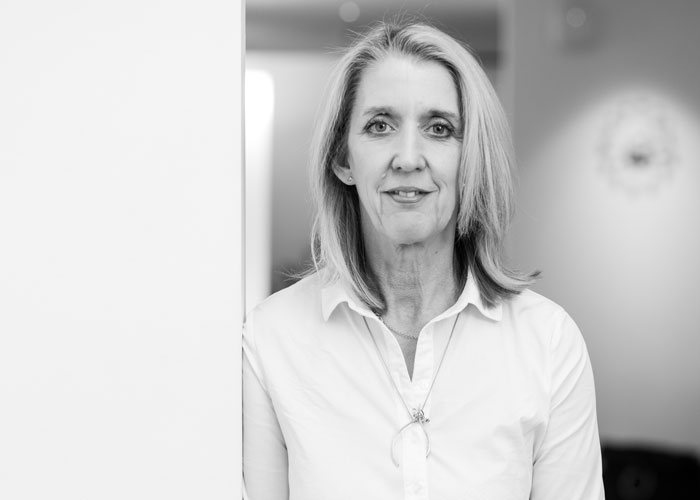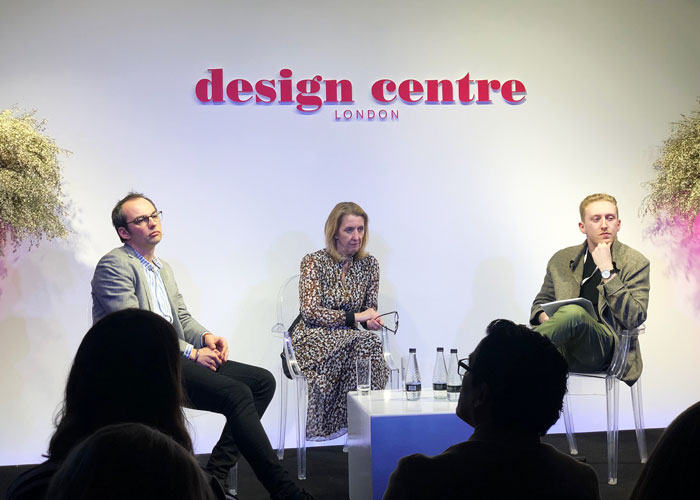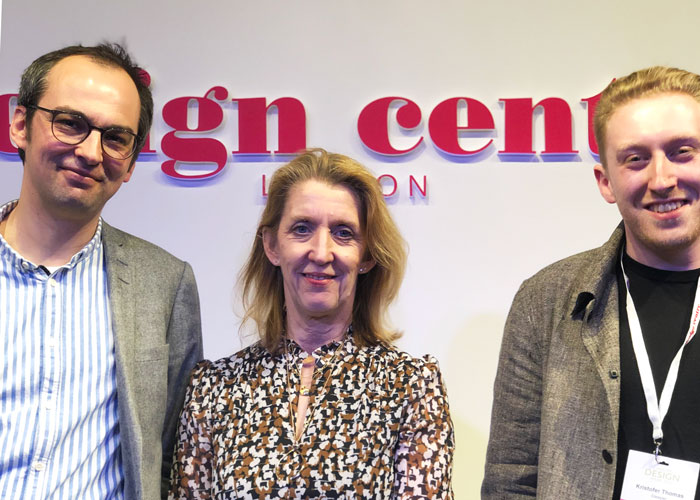Richmond International at Hospitality Design
Fiona Thompson from Richmond International spoke at the Design Week, Conversations In Design event on Friday 12th March as part of the Hospitality Design: Growing A Greener Future event. Fiona discussed substantiality in design with Jeremy Grove of Sibley Grove followed by a Q&A with the audience. Design Insider took notes to share with you.

Fiona Thompson (FT): Sustainability is something that everyone has worked together to achieve and continues to work on.
Jeremy Grove (JS): We’ve seen that guests are willing to pay more for a sustainable hotel. We know that how brands are received is very much part of the design. With the growth of social media channels such Instagram we know that people want to share good experiences and so we’re aware that the reach of our work can be much greater.
Kristofer Thomas (KT): Can sustainability get people into hotels?
FT: Yes, and certainly at the luxury end of the market. People do have a desire to know where they’re staying and what the impact is of the hotel they’re staying in. They want stories to tell. In previous years there was more of a focus for guests to show and talk about where they’re food is from, but now it’s more about the hotel’s sustainable origins.

Can eco creds be added in after the hotel has been designed, or even built?
FT: Yes, it’s certainly the case that in hotel operations we’re becoming a less throwaway society.
JS: We consider good design and it is much easier for us to focus on sustainability from the very beginning but there still can be positive design interventions. We know that every single piece and every small step we make, has an impact.
What is the value of sustainability?
JS: There can be huge value when there is a sophisticated approach to sustainability. We have to look at the longer-term objectives.
How will suppliers be affected by increase in sustainability?
JS: It is vital that designers ask and challenge suppliers and vice versa to ensure all practice is sustainable.
FT: The supply chain is very important. Everyone has to work together to change things for the better. Our suppliers understand the environment effect of what they’re designing and that it is so important.
JS: We try and work with fewer suppliers to have a greater understanding of their process and we are advocates of a circular economy. We work with suppliers and will regularly speak to their teams to find out how the end life process of a piece will be used.
Who stands out for sustainable ideas?
FT: All the big brands have sustainability policies e.g. waste management and ensuring they are sourcing locally. For a brand such as Six Senses spa, sustainability is very much in their DNA and generally it is perhaps easier in smaller hotels. We know that the whole story of a hotel should be the way it’s built. It’s such a big part of why a guest will choose they’re hotel.
JS: We often see that independent hotels are the best ones for using sustainable practices. A lot of hotel brands don’t do it because they don’t know how. We’ve worked with one particular brand for five of their hotels. Through that process they have incrementally grown their sustainable practices to the extent that is has become the norm.
JS: Our circular approach is to ensure we use materials that will be recycled or cause no harm at the end of their life. We make an effort to not use materials that can only be incinerated.

Was it Hard to achieve sustainability in an existing building such as The Langham?
FT: We design projects that are purposeful with materials are of a high quality that can be recycled or reused. These are long term pieces that last longer than 10-15 years. We know that it used to be the case that interiors were designed to be more theatrical and create a ‘wow’ factor, however this would only be for a short period of time and it was expensive. Now there’s a move away from this and pieces that are used are so much more purposeful. FT: Plus, there’s really no reason not to source from the UK. That makes it more sustainable to maintain as well if any replacement pieces or parts are required.
Is there a sacrifice in quality to become more sustainable?
FT: No, good quality and luxury is in the design in a more considered way. We use materials that are natural, and therefore often have a longer life. There is certainly no downgrade on luxury.
JS: Recyclable materials end up being cleaner materials as they’re are intended for reuse.
JS: In the future I think we will consider aesthetics differently i.e. it is the story around the creation of a piece that is more beautiful. Forced labour isn’t certainly isn’t beautiful.
What are the challenges in making something sustainable?
JS: Every design is a challenge and should be a challenge. We are constantly looking for new ways to be sustainable. What is sustainable now won’t be in five or 10 years. We work with clients and take their critiques as a way to come up with better solutions.
FT: We know we can’t change everything at once. In becoming more sustainable we’ve got to take small steps. Now we’re at a point where everyone has woken up to the idea that the way we’re living isn’t sustainable. People feel more responsible and are aware of their impact on the environment.
JS: A designer’s responsibility is to come up with good designs. There’s a move away from dressing spaces for short term but make it long-lasting
FT: We’ve come through a period of fast consumerism and are now beyond that point.
Contact Richmond International through BCFA Product Finder.




